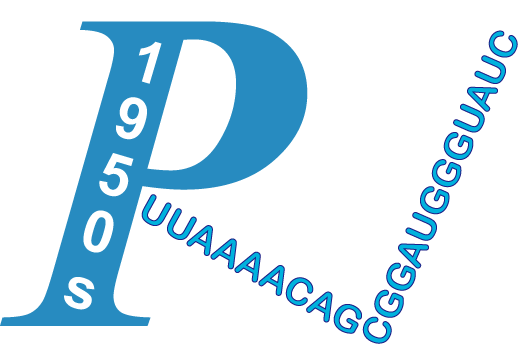| Title | Viral infections acquired indoors through airborne, droplet or contact transmission. | ||
| Author | La Rosa, Giuseppina; Fratini, Marta; Della Libera, Simonetta; Iaconelli, Marcello; Muscillo, Michele | ||
| Journal | Ann Ist Super Sanita | Publication Year/Month | 2013 |
| PMID | 23771256 | PMCID | -N/A- |
| Affiliation | 1.Dipartimento di Ambiente e connessa Prevenzione Primaria, Istituto Superiore di Sanita, Rome, Italy. giuseppina.larosa@iss.it. | ||
BACKGROUND: Indoor human environments, including homes, offices, schools, workplaces, transport systems and other settings, often harbor potentially unsafe microorganisms. Most previous studies of bioaerosols in indoor environments have addressed contamination with bacteria or fungi. Reports on the presence of viral aerosols in indoor air are scarce, however, despite the fact that viruses are probably the most common cause of infection acquired indoor. OBJECTIVE: This review discusses the most common respiratory (influenza viruses, rhinoviruses, coronaviruses, adenoviruses, respiratory syncytial viruses, and enteroviruses) and gastrointestinal (noroviruses) viral pathogens which can be easily transmitted in indoor environments. RESULTS: The vast majority of studies reviewed here concern hospital and other health facilities where viruses are a well-known cause of occupational and nosocomial infections. Studies on other indoor environments, on the other hand, including homes, nonindustrial workplaces and public buildings, are scarce. CONCLUSIONS: The lack of regulations, threshold values and standardized detection methods for viruses in indoor environments, make both research and interpretation of results difficult in this field, hampering infection control efforts. Further research will be needed to achieve a better understanding of virus survival in aerosols and on surfaces, and to elucidate the relationship between viruses and indoor environmental characteristics.
